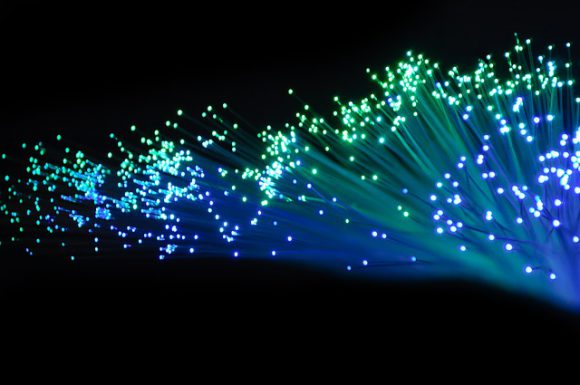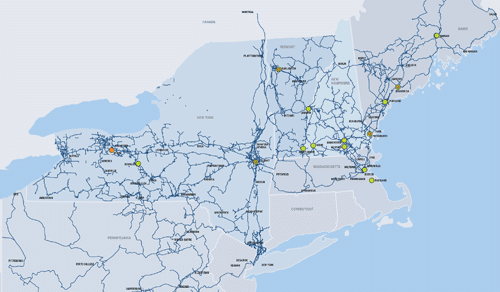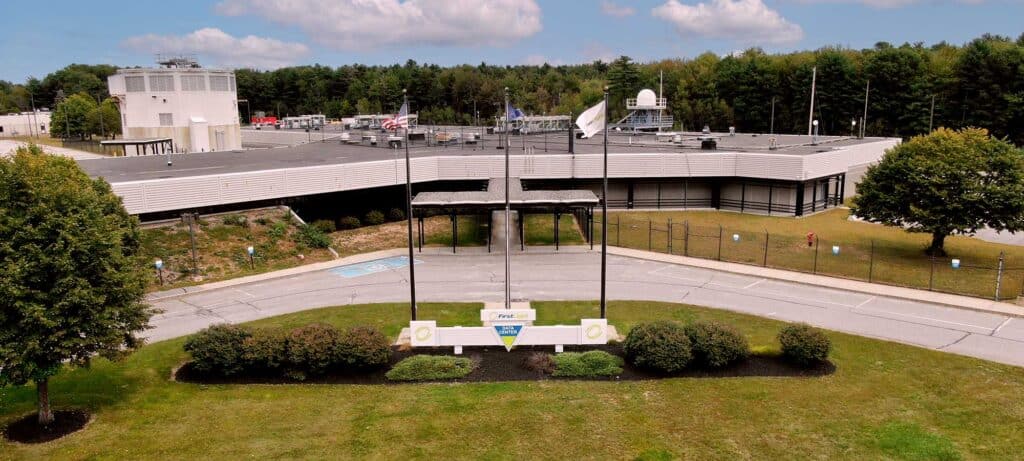When we talk about the merits of fiber optics versus those of copper wire cable, the discussion often takes a technical turn and words like wavelengths, attenuation rates, and multiplexing will appear in the conversation. 
In fiber-optic communications, what factors make a difference? Do wavelengths matter? And if they do matter, why?
This article will give an overview of fiber-optic cable and how it works. Plus, it will explain how wavelengths factor into signal strength and quality in fiber-optic cable. more
How Fiber Optics Work
Light signals are sent down a plastic or glass hair-thin fiber called the core. Each core is coated with a material called cladding to prevent light from escaping. The cladding is coated with additional material or a buffer, which protects the fiber from physical damage and moisture.
Why Wavelengths Matter in Fiber Optics
When choosing a transmission wavelength, the goal is to send the most data the furthest, and with the least amount of signal loss. The loss of signal strength during transmission is known as attenuation.
The three main wavelengths used for fiber optic transmission are 850, 1300, and 1550 nanometers. These wavelengths are used in fiber optics because they have the lowest attenuation of the fiber. The length of a wave has a direct relationship with its attenuation rate − the longer the wave, the less attenuation.
One cause of attenuation is through something called absorption. Light signals can be lost through absorption by small amounts of water vapor, or trace metals, present in the glass. The most absorption takes place in specific wavelengths, known as water bands. In between the water bands are windows where the wavelengths have the least attenuation. It just so happens that these wavelengths are also ideal for building transmission lasers and signal detectors.
What affects transmission speed and quality besides wavelengths?
Other factors that affect transmission quality and attenuation rates are the quality of the fiber material and amount of bend in the line. If fiber optic cable is bent past a certain angle, the light will either be absorbed by the cladding or bounced back toward the source. Cable manufacturers are continuously working to improve their manufacturing processes to reduce the presence of water and other impurities that contribute to signal loss. They also publish guidelines regarding the amount of bend the cable will allow before signal loss occurs.
What is wavelength-division multiplexing?
Wavelength-division multiplexing (WDM) is a system that uses lasers to transmit precise, closely-spaced wavelengths. These precise wavelengths are tight enough to fit within optimum wavelength parameters but spaced apart far enough that they will not interfere with one another. Like the frequencies on a radio dial, WDM can be used in different bands across the range of wavelengths between 1260 and 1670nm.
How does WDM add capacity to a fiber optic network?
WDM makes it possible to send multiple signals down one fiber. The ability to multiplex, or send multiple signals across one fiber, means that fiber optic cable has a very high carrying capacity for data.
Although fiber optic cable can be subject to attenuation, technicians can optimize signal strength and quality by manipulating wavelengths. As it turns out, wavelengths do matter when it comes to fiber optics.
If you want to learn more about the potential of fiber-optic communication for business, talk to a fiber-optic specialist from FirstLight Fiber.






















